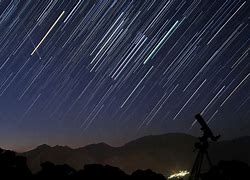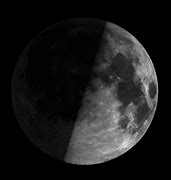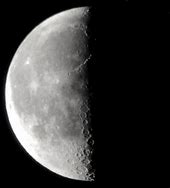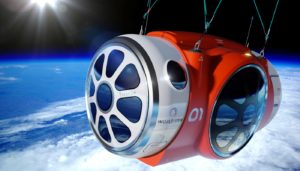Penumbral Lunar Eclipse
Posted on by David SearleViews: 1
Views: 1

Views: 0
Views: 2
Views: 1

Views: 0

Views: 1

Views: 2
This event is free and open to public, to attend please register using the zoom.us link on the box above.
Come and socialize with your fellow astronomy enthusiasts face-to-face virtually!
Bring your latest astrophotos, mini-presentation, questions or none and your own refreshments.

Views: 1
 Buana Park School District is combining all middle schools to have an astronomy night on Nov. 17th, 2020.
Buana Park School District is combining all middle schools to have an astronomy night on Nov. 17th, 2020.
Views: 3
The OCA board meeting is open to all current members of the club. The meeting will be held via zoom starting at 10:30am, Nov. 15,2020. To attend contact Alan Smallbone for meeting link and please include any items to be put on the agenda.
Views: 1